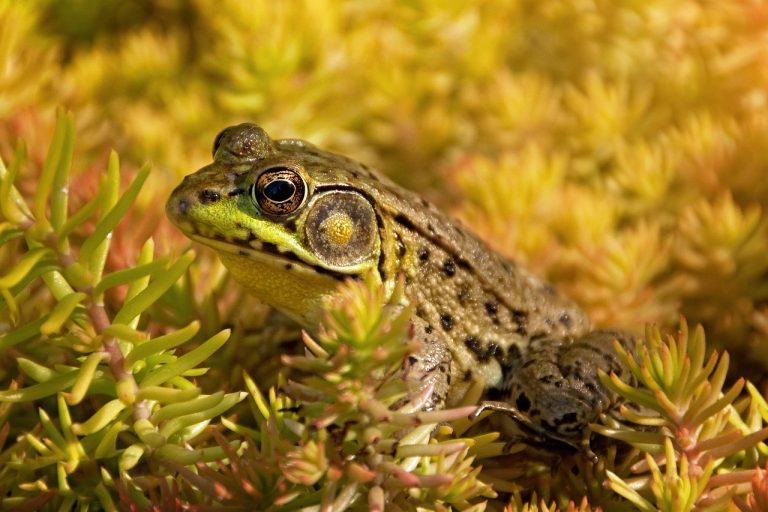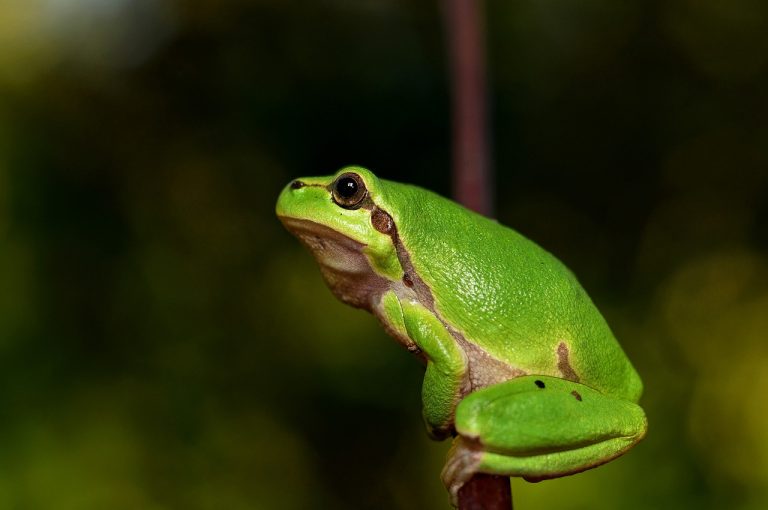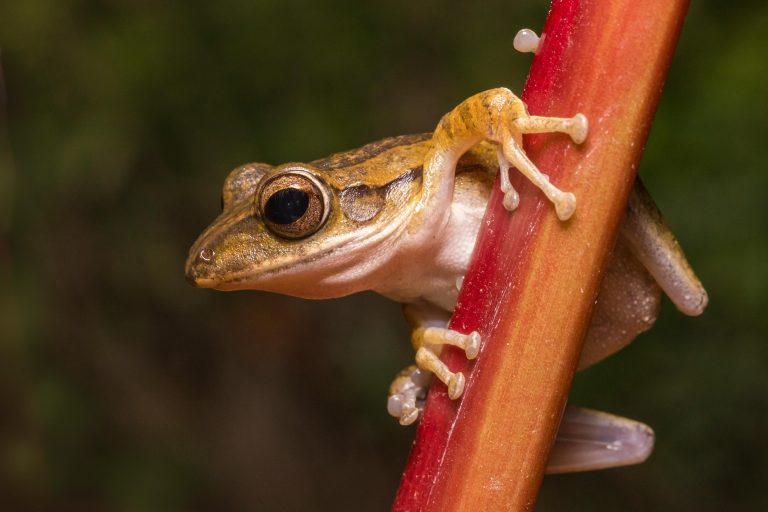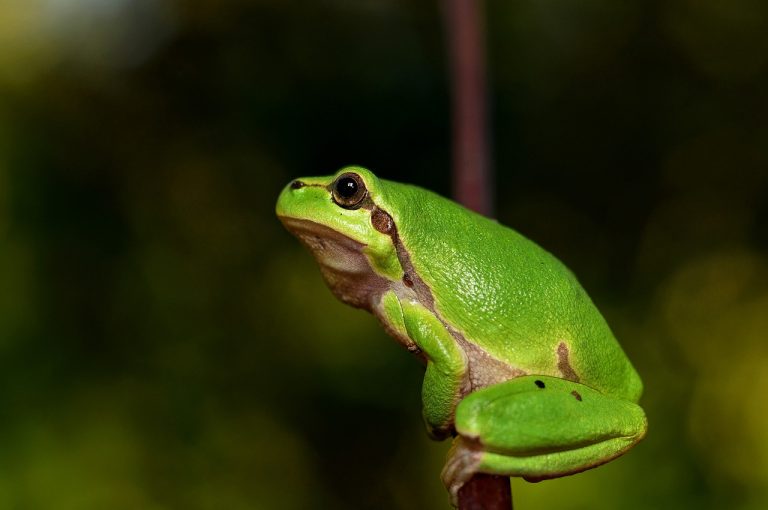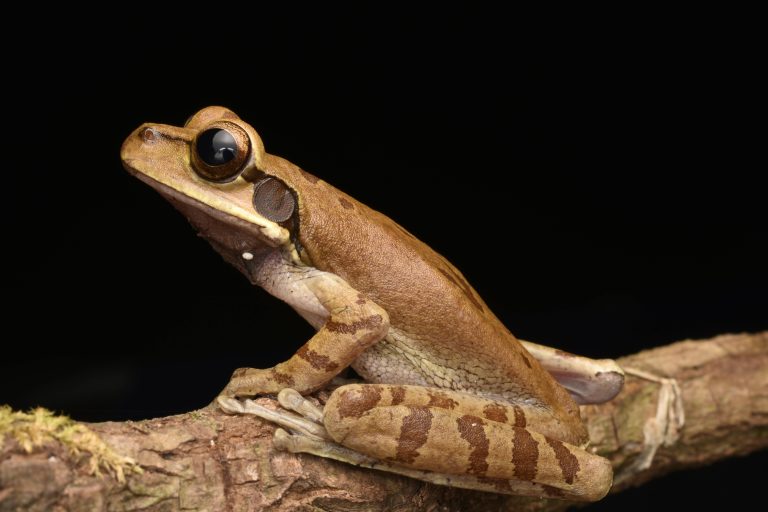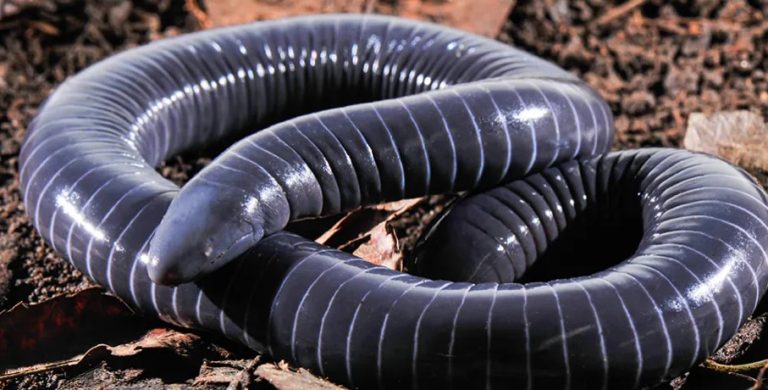Oregon Spotted Frog (Rana pretios)
“Oregon spotted frogs are the most endangered frogs in Canada!”Oregon spotted frogs are the most endangered frogs in Canada!”
- Kingdom: Animalia (Animals)
- Phylum: Chordata (Chordates)
- Class: Amphibia (Amphibians)
- Order: Anura (Frogs and Toads)
- Family: Ranidae (True Frogs)
- Genus: Rana
So, its full scientific name is Rana pretiosa.
In terms of conservation status, the Oregon Spotted Frog is categorized as Vulnerable. This means it faces a high risk of extinction in the wild in the medium-term future.
Geographically, the Oregon Spotted Frog is primarily found in North America.
- Scientific Name: Rana pretiosa
- Color: The Oregon Spotted Frog can exhibit various colors including brown, red, cream, orange, and olive, often with black spots that have light centers.
- Average Length: They typically range from 1.75 to 4 inches in length.
- Lifespan: Oregon Spotted Frogs generally live between two to five years.
- Habitat: They inhabit shallow warm wetlands, lakes, streams, and ponds in the Pacific Northwest region of North America.
- Diet: They are omnivores, feeding on insects (such as beetles and flies), spiders, and aquatic vegetation.
- Predators: Predators include the Eastern bullfrog, bass, and other invasive species.
- Group Behavior: They are social animals.
- Nesting: They nest in shallow water with short aquatic vegetation.
- Conservation Status: Vulnerable; they are the most endangered frogs in Canada.
- Biggest Threats: Habitat loss, depletion of shallow wetlands, invasive predators, and human activities pose significant threats to their survival.
- Fun Fact: Oregon spotted frogs are the most endangered frogs in Canada, highlighting their precarious conservation status.
Facts
Here are some additional fascinating facts about the Oregon Spotted Frog:
- Color Variation with Age: Oregon Spotted Frogs start off as brown, spotless tadpoles with off-white or cream underbellies. As they mature, they develop black spots with light centers and their coloration can become redder.
- Sexual Dimorphism: Females of the Oregon Spotted Frog are larger than males. This size difference is related to their reproductive roles and responsibilities.
- Decline in Native Range: Sadly, the Oregon Spotted Frog has vanished from 70 to 90% of its historical range, making it exceptionally rare and endangered in many areas.
- Unique Eyes: They have upturned eyes that allow them to observe surface activity from underwater, which aids in their survival and behavior.
- Emergency Listing in Canada: The Oregon Spotted Frog holds the distinction of being the first species ever to be emergency-listed as endangered in Canada, underscoring the severity of its decline.
- Male Vocalizations: Male Oregon Spotted Frogs produce clicking sounds while floating on the water’s surface and even underwater. These sounds likely play a role in communication and mating behavior.
Scientific Name
The Oregon spotted frog (Rana pretiosa) indeed derives its name from its distinctive appearance, characterized by numerous black spots covering its head, legs, and back. The scientific name “Rana pretiosa” translates to “precious frog,” a fitting designation given its endangered status.
Belonging to the genus Rana, the Oregon spotted frog is part of a group commonly known as pond frogs, Holarctic true frogs, or brown frogs. The genus Rana is extensive and includes many semiaquatic species known for their moist, smooth skin, muscular legs, and webbed feet. These features are typical of frogs in the family Ranidae, to which the Oregon spotted frog belongs.

The family Ranidae, known as true frogs, encompasses a wide range of species with the broadest distribution among all frog families. They are predominantly semiaquatic, often found in or near freshwater habitats such as ponds, lakes, and streams. This adaptability to aquatic environments is reflected in the Oregon spotted frog’s habitat preferences, which include shallow wetlands, lakes, streams, and ponds.
As a member of Ranidae, the Oregon spotted frog shares these characteristics with its relatives, emphasizing its ecological niche and evolutionary relationships within the broader context of frog diversity.
Appearance
Oregon spotted frogs belong to the category of “true frogs,” a classification encompassing short-bodied, tailless amphibians with moist skin and short hind legs designed for powerful, high leaps. Adapted for their semiaquatic lifestyle, these frogs feature hind feet that are fully webbed. This adaptation facilitates efficient movement in water, where they spend much of their time.
One distinctive feature of Oregon spotted frogs is their upturned eyes, which remain oriented towards the water’s surface even when submerged. This unique trait allows them to observe activities both above and below the water simultaneously, enhancing their awareness and survival in their aquatic habitat.
The coloration of Oregon spotted frogs undergoes significant changes throughout their life stages. As tadpoles, they typically exhibit a predominantly brown color on their backs, with off-white or aluminum-colored bellies, and lack the characteristic spots seen in adults. Juveniles retain some brown hues but may also appear olive green, with the emergence of black spots featuring lighter centers on their heads, backs, sides, and legs.
Upon reaching adulthood, Oregon spotted frogs develop a reddish tint that intensifies with age, displaying colors ranging from brown to reddish-brown, orange-red, and even brick red. The black spots on their bodies also grow larger, darker, and more irregular in shape as they mature.
Oregon spotted frogs generally measure between 1.75 to 4 inches in length from snout to vent. Notably, female frogs tend to be larger than their male counterparts, a size difference that correlates with their roles in reproduction and other aspects of their life cycle.
These adaptations and characteristics make the Oregon spotted frog a fascinating example of amphibian diversity and highlight their specialized adaptations for life in and around freshwater habitats.
Evolution and History
Oregon spotted frogs are classified within the group called Amphibia, which includes four-legged, cold-blooded animals that typically begin life as larvae in water, although not all members of this group follow this pattern. Amphibians evolved from bony-limbed, lung-bearing sarcopterygian fish during the Devonian period, approximately 419.2 to 358.9 million years ago, and adapted to living on land.
Within the larger class Amphibia, Oregon spotted frogs specifically belong to the order Anura, which consists of tailless amphibians. The name “Anura” originates from Ancient Greek, meaning “without tail”. Fossils of ancient frogs have been discovered on every continent, including the Antarctic Peninsula. The first recognizable frog forms began to emerge in the Early Jurassic period.
An early and significant frog fossil, Prosalirus bitis, was unearthed in Arizona in 1995 and dates back to about 199.6 to 175 million years ago. Prosalirus still retained some remnants of its tail, unlike modern frogs. Another notable frog from the Early Jurassic era is Vieraella herbsti, an extinct species closely resembling modern frogs, which existed around 188 million years ago. A crucial evolutionary development occurred between 155 to 170 million years ago with the species Notobatrachus degiustoi, which had completely lost its tail and had a shortened body length.
Behavior
Oregon spotted frogs are semiaquatic, meaning they spend a significant amount of their time in water. As a result, they are typically found in close proximity to water bodies and are rarely observed far from these habitats.
During the summer months, Oregon spotted frogs tend to be less active, but they become much more active in winter when they remain in water. They prefer habitats that are well-oxygenated and where the water does not freeze completely to the bottom during colder months.
For reproduction, Oregon spotted frogs return annually to the same location. They seek out shallow water that receives ample sunlight and is not heavily shaded by vegetation. These conditions are crucial for successful breeding and the development of their offspring.
Habitat and Population
The Oregon spotted frog is native to the Pacific Northwestern region of the United States and Canada, specifically from British Columbia, Canada, down to the Puget/Willamette Valley in Washington and Oregon. These frogs are primarily aquatic and prefer warm wetlands, lakes, streams, and ponds. They inhabit areas with still water sources that have sufficient shallow water and aquatic vegetation, including algae. Floating vegetation serves both as a platform for sunbathing and as cover from predators.
Oregon spotted frogs can be found at various altitudes depending on their location, ranging from 65.6 to 5,151 feet above sea level. Despite their ability to adapt to different altitudes, they are considered very rare and are the most endangered frog species in Canada. They have disappeared from 70 to 90% of their historical range. Currently, Oregon spotted frogs are known to exist in only 33 populations, with 20 of those populations located in Oregon.
Due to their declining population trend and restricted range, the Oregon spotted frog is classified as a vulnerable species on the IUCN Red List of Threatened Species. Efforts to conserve their habitats and manage their populations are crucial for their survival and recovery.
Diet
Oregon spotted frogs are known for their sit-and-wait predation strategy, where they remain still and patiently wait for unsuspecting prey to come within reach of their sticky tongue.
Adult Oregon spotted frogs primarily feed on a diet consisting mainly of insects such as flies and beetles, as well as spiders and water striders. Their diet is adapted to their aquatic habitat, where these prey items are plentiful.
During their tadpole stage, Oregon spotted frogs feed on algae, decaying vegetation, and detritus. This diet supports their growth and development in the water until they metamorphose into adult frogs.
Overall, the feeding habits of Oregon spotted frogs are specialized to their environment, ensuring they obtain the necessary nutrients for survival and growth at different stages of their life cycle.

Predators and Threats
The Oregon spotted frog faces significant threats and challenges that have led to its vulnerable and endangered status. Listed as threatened under the Endangered Species Act and the most endangered frog in Canada, its population continues to decline due to several interconnected factors.
One major threat is invasive predators like the Eastern bullfrog and bass, which prey on both juvenile and adult Oregon spotted frogs, impacting their population dynamics. Climate change exacerbates this issue by potentially favoring invasive species adapted to warmer conditions, and by altering the hydrology of wetlands essential for the frogs’ breeding.
Habitat loss is another critical concern. Oregon spotted frogs require semiaquatic environments near water bodies for breeding and survival. Human activities such as damming, draining, and development encroachments destroy these crucial habitats, depriving the frogs of necessary resources.
Invasive plant species further disrupt their habitats by outcompeting native vegetation that Oregon spotted frogs rely on for food and shelter. This affects their entire ecosystem, from feeding habits of tadpoles to breeding behaviors of adult frogs.
Additionally, fungal diseases like chytridiomycosis pose a severe threat. This disease, caused by chytrid fungus, has decimated amphibian populations worldwide, including Oregon spotted frogs, by causing fatal infections that spread through waterborne pathogens.
Reproductively, Oregon spotted frogs gather in warm, shallow waters with underwater vegetation for egg laying. Females deposit one mass of eggs annually, typically in communal clusters with other females, totaling between 10 to 75 egg clusters per site. After hatching, tadpoles undergo metamorphosis into juvenile frogs, with timing varying by location.
Despite efforts to understand and conserve them, many aspects of Oregon spotted frog biology, such as their lifespan, remain uncertain due to their rarity and endangered status. Conservation efforts are crucial to mitigate these threats and ensure the survival and recovery of this vulnerable species.
Reproduction and Lifespan
Oregon spotted frogs exhibit communal breeding behavior, where females often deposit their eggs together at the same breeding site, although solitary egg clusters have been observed occasionally. The breeding season typically occurs from February to March, with exact timing influenced by factors such as local water temperatures and elevation.
Ideal breeding conditions for Oregon spotted frogs involve water temperatures around 46.4 degrees Fahrenheit (8 degrees Celsius). In lower elevation areas like lowlands, breeding typically occurs from late February to early March, when temperatures are conducive to egg development and tadpole survival. In contrast, higher elevation regions experience cooler temperatures, delaying breeding until late May to late June, when conditions are optimal for successful reproduction.
These variations in breeding timing reflect the species’ adaptation to different environmental conditions across its range, ensuring that Oregon spotted frogs can reproduce effectively in their specific habitats.
Before You Go…
The Oregon spotted frog, classified as a vulnerable species, faces numerous challenges including habitat loss, invasive species predation, and climate change impacts. Despite its communal breeding habits and adaptations to varying elevations and temperatures, the species continues to decline in population. Conservation efforts are crucial to safeguarding its remaining populations and ensuring the survival of this iconic amphibian in the Pacific Northwestern region of North America.
Reference:
